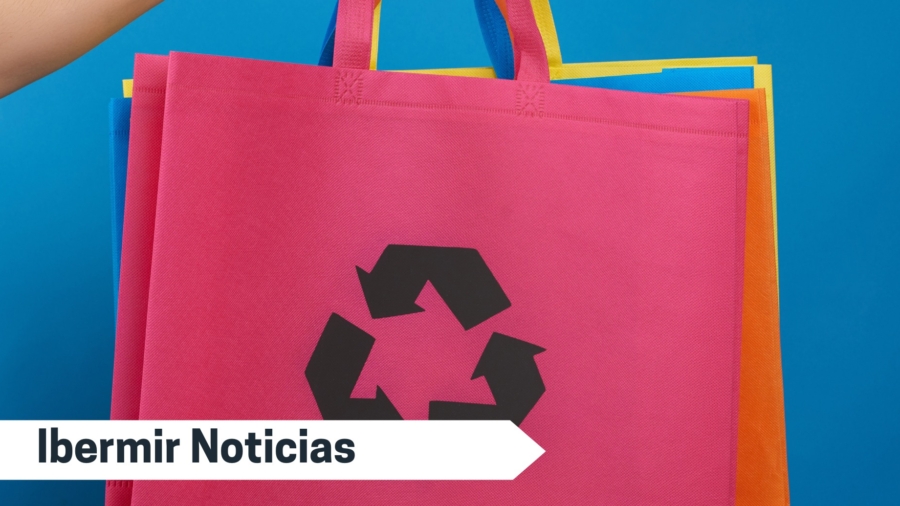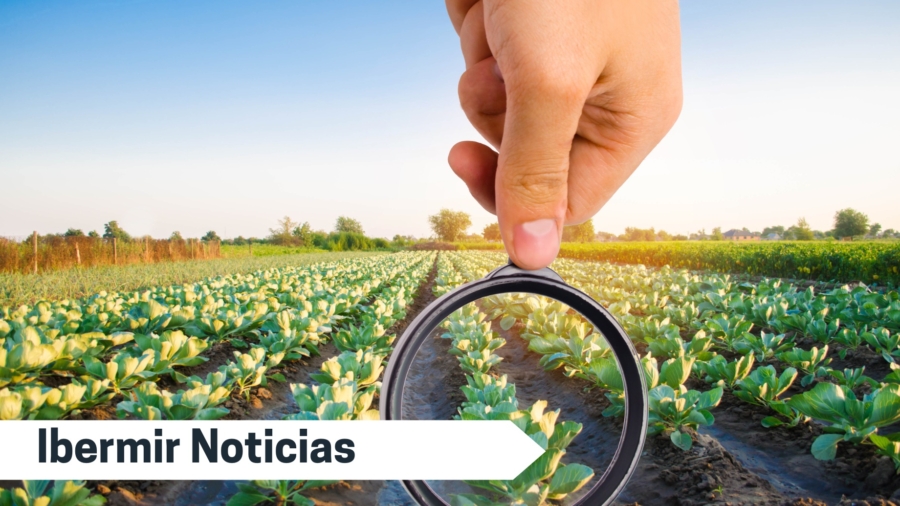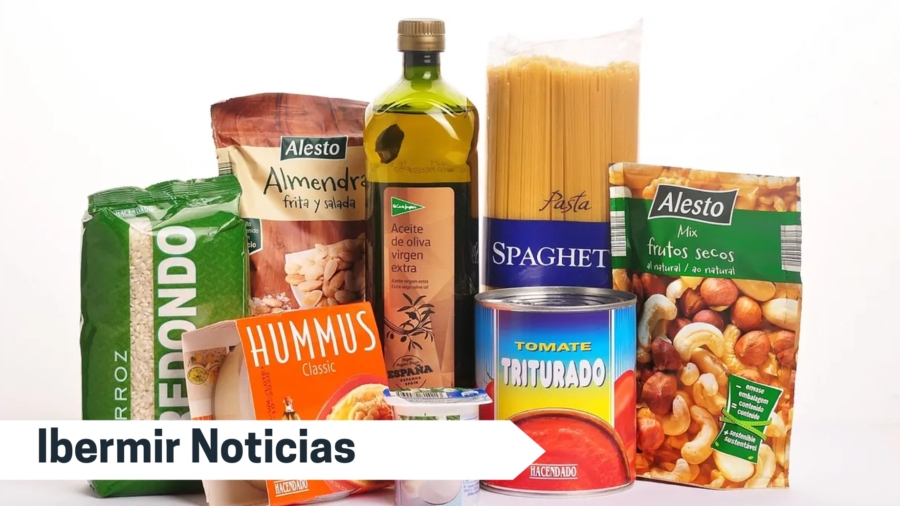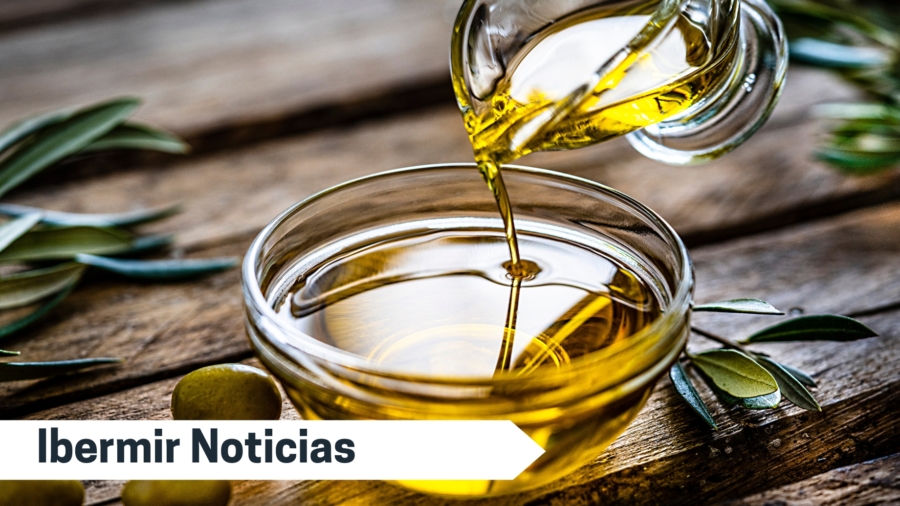The consumption and global trade of wine also show signs of certain stagnation or slight decline, particularly in volume. This is not the same for all categories, colors, exporters, or markets, but there is a general trend towards lower quantities, higher prices, and possibly towards fresher products on one hand and higher-end products on the other. This is a global situation that clearly affects the Spanish wine sector.
These are some of the main conclusions of the economic report of the sector included in the Activity Report of the Spanish Wine Market Observatory (OeMv) 2023, which reviews what happened in the wine sector last year.
Thus, the report recalls that, according to the OIV, the production that could be estimated at the end of 2023 for that year was about 244 million hectoliters, substantially lower than the 258 million of the previous year and, of course, the peak of 295 million in 2018; and even below the minimum of the last 30 years, which occurred in 2017, with 246.7 million hectoliters. This is a historically low and very erratic wine production in recent years (largely due to harvest variations in Spain) that faces a much more difficult-to-estimate global consumption, which in 2022 was 232 million hectoliters and declining from 247 million in 2017. “Little wine produced worldwide, for a relatively scarce and declining consumption,” highlights the report, which points out that “it is not surprising that this progressive decrease in global consumption also leads to a stagnation or slight decline in trade in terms of volume.”
Despite the increasing globalization of consumption, global wine exports have not exceeded 110 million hectoliters and have remained between 100 million and 110 million hectoliters for over 10 years, leaving behind a long period of constant growth. Not only has global wine export volume stopped growing, but it has been decreasing for two years, and in 2023, in the year-on-year estimation until November, it fell by 6.5%, to less than 99 million hectoliters.
However, if global wine consumption and exports are stagnant in volume (no more liters or bottles are consumed or marketed), their value has continued to advance in recent years, although now their progression has also been twisted. Global wine exports in euros have more than doubled since the 2009 recession, from less than 18 billion euros to over 36 billion euros, despite the 4.1% decrease recorded last year. Driven by both inflation over the past two years and previous trends towards “premiumization” or price increases of wines, global prices explain this substantial improvement in the value of exports, compared to the stagnation of their volume. In 14 years, and despite the setback of COVID19, prices have comfortably exceeded 3.60 euros per liter, with a 2.6% growth also in 2023.
Large differences by categories
This evolution of global wine trade, however, presents significant differences by product category, the report points out. Thus, sparkling wines have slowed down since late 2022. They decline in volume in 2023, although they remain quite stable in value at around 8.9 billion euros, of which almost half (4.2 billion euros) are Champagne. Similarly, on a completely different scale, the bag-in-box (BiB) format wines, between 2 and 10 liters in capacity, fall in liters but remain very stable in euros, after a long period of growth. And it is the non-sparkling packaged wines, in containers of up to two liters in capacity, that show a more worrying trend. They have been falling in volume since 2021, increased this decline in 2023 by -8.4%, and now also fall in value by -5.4%, which is a significant percentage, although half of the decline experienced in euros by bulk wine in the same year (-10.4%).
“Almost all categories of wines exported worldwide are falling, especially in volume, but in this case too, differences can be seen by types of wine and particularly by their color. Although the detail of the tariff headings available for all world countries only allows us to compare by color in European countries, this limited vision also shows us a significant progression of white wines, compared to reds and rosés. Taking as a reference the evolution since 2017 (the last significant variation of the Combined Nomenclature), red and rosé wines from the EU have fallen by 17% in volume, while whites have increased by 10%. This data, like many other clues we can extract from the evolution of consumption and global wine trade, shows a trend change that seems to be consolidating over time, towards fresher and easier-to-drink wines, compared to the more classic ones,” explains the OeMv’s work.
Differences also between countries
From the evolution of the different global exporters, it seems that these new trends are being better countered by some than by others. Chile, the US, and Australia are, among the nine main global exporters, the ones suffering the biggest drops in the past year 2023 (by -22.9%, -17.2%, and -13.9% respectively in value). All nine main exporters lost sales last year (with data until November) in liters, and only Germany managed to increase its turnover. But among the major players, France loses more than Italy, and Spain falls in value more percentage-wise than France, but not in volume. Again, and despite the widespread poor data last year, it is Italy that seems to be better defending itself.
Bad data from global wine exporters, because markets are also falling, although they do so differently. Among the largest, the US, UK, and Germany, the last two suffer slight losses in 2023 (-2.5% and -6.5% respectively in euros), but it is the US, the largest world importer of wine and engine of global trade growth after the pandemic, which is the most worrying. The US suffered a significant drop during the second half of 2023 of around 1 billion euros, from over 7.2 billion euros in the year-on-year to March, to 6.264 billion euros in November. A drop in the whole year of more than 10% that worries could extend into the year 2024 and be due to a change in trend in American consumption, which has alarmed the expert analysts of that country.
Among the other main importers, China continues its decline, which has been going on since 2018 and continues, although in 2023 it seems somewhat softer. Canada becomes the fourth largest wine importer in the world, but it may be due to both the dynamism of the market itself and the increasing role it is playing as a re-exporter of wine to the United States. Japan also shows significant growth in 2022 and 2023, as do the Netherlands, Belgium, and Switzerland. Also noteworthy is the recovery of Russia as a wine importer, despite the war declared in Ukraine for much of the year 2023, although it entered losses in the second half.
Finally, regarding Spain, the report indicates that a production, estimated in November 20231 at just 31.9 million hectoliters, historically low and even lower than that of 2012, is added to stocks at the beginning of the campaign of 38.5 million hectoliters (slightly higher than those of the previous campaign) to give total estimated availabilities of just over 70 million hectoliters, a figure only comparable to that of 2012 and much lower than the average of 80 million hectoliters of the previous five campaigns.
“There is, therefore, not much wine, nor a feeling of excess: neither for what has been produced in this past year, nor for what was left in stocks at the end of the last campaign. But there is also not a booming demand that would allow for the price increase that could be expected from a short harvest,” it highlights.
Source: Financial Food










